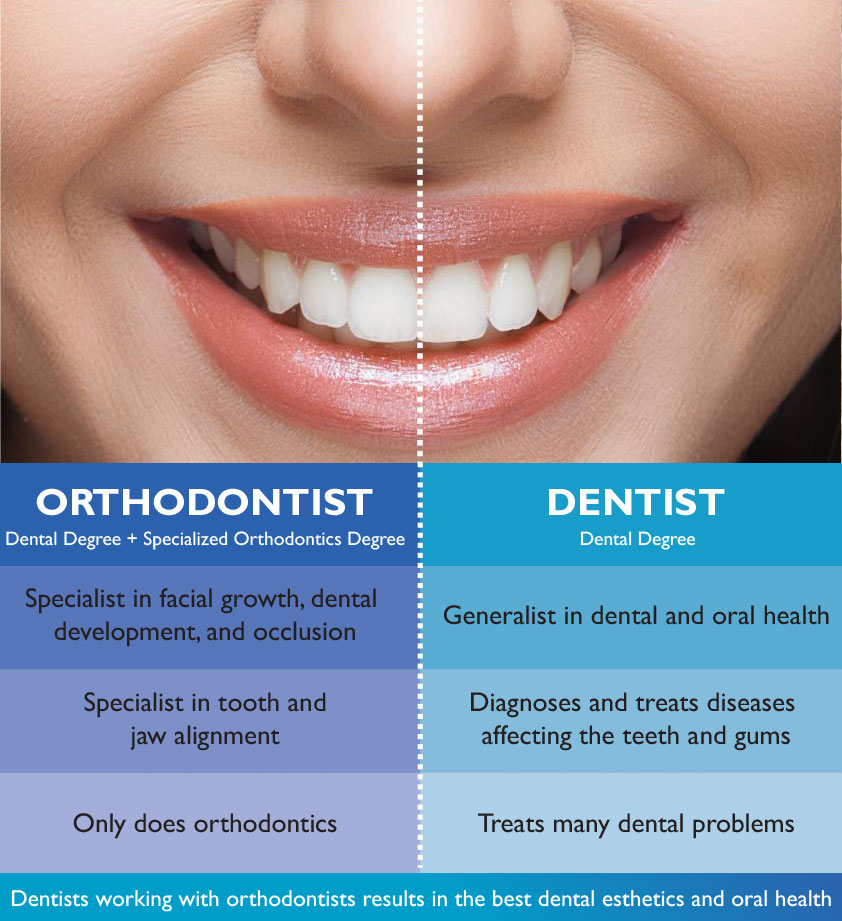Not known Factual Statements About Causey Orthodontics
Table of ContentsOur Causey Orthodontics PDFsCausey Orthodontics Can Be Fun For Anyone8 Easy Facts About Causey Orthodontics ExplainedThe 9-Minute Rule for Causey OrthodonticsCausey Orthodontics Things To Know Before You Buy
Overlooking occlusal connections, it was common to get rid of teeth for a range of dental concerns, such as malalignment or overcrowding. The principle of an undamaged dentition was not widely valued in those days, making bite connections appear pointless. In the late 1800s, the concept of occlusion was essential for developing reliable prosthetic substitute teeth.As these concepts of prosthetic occlusion proceeded, it came to be an invaluable device for dentistry. It remained in 1890 that the work and influence of Dr. Edwards H. Angle began to be really felt, with his contribution to modern-day orthodontics particularly significant. At first concentrated on prosthodontics, he showed in Pennsylvania and Minnesota prior to guiding his focus towards dental occlusion and the therapies required to maintain it as a typical problem, thus ending up being referred to as the "dad of modern-day orthodontics".

The principle of excellent occlusion, as proposed by Angle and integrated into a category system, made it possible for a change in the direction of treating malocclusion, which is any deviation from regular occlusion. Having a full set of teeth on both arcs was extremely sought after in orthodontic therapy because of the need for specific connections between them.
The Basic Principles Of Causey Orthodontics
As occlusion became the crucial top priority, facial proportions and visual appeals were disregarded - emergency orthodontist near me. To attain optimal occlusals without making use of external forces, Angle proposed that having excellent occlusion was the most effective method to obtain optimum facial looks. With the passing of time, it became rather noticeable that also a phenomenal occlusion was not suitable when considered from an aesthetic factor of sight
It became apparent that orthodontic treatment can readjust mandibular growth, bring about the development of practical jaw orthopedics in Europe and extraoral force measures in the US. Nowadays, both practical home appliances and extraoral devices are applied around the world with the goal of changing growth patterns and kinds. As a result, going after real, or a minimum of improved, jaw partnerships had actually ended up being the major purpose of treatment by the mid-20th century.
What Does Causey Orthodontics Do?
 Until the mid-1970s, dental braces were made by covering metal around each tooth. https://www.imgpaste.net/user/causeyortho7., it came to be possible to instead bond metal brackets to the teeth.
Until the mid-1970s, dental braces were made by covering metal around each tooth. https://www.imgpaste.net/user/causeyortho7., it came to be possible to instead bond metal brackets to the teeth.This has had meaningful effects on orthodontic therapies that are carried out regularly, and these are: 1. Correct interarchal relationships 2. Correct crown angulation (tip) 3.
The benefit of the layout exists in its bracket and archwire combination, which requires only marginal cord bending from the orthodontist or clinician (best orthodontist near me). It's aptly called hereafter function: the angle of the slot and thickness of the brace base eventually identify where each tooth is situated with little need for added control
8 Easy Facts About Causey Orthodontics Described
Both of these systems employed the same brackets for each and every tooth and necessitated the bending of an archwire in 3 planes for situating teeth in their preferred placements, with these bends dictating ultimate positionings. When it comes to orthodontic devices, they are divided right into 2 types: removable and dealt with. Removable home appliances can be tackled and off by the client as called for.

Hence, nearly all modern set home appliances can be considered variants on this edgewise home appliance system. Early 20th-century orthodontist Edward Angle made a major payment to the world of dental care. He produced four distinctive appliance systems that have actually been utilized as the basis for many orthodontic therapies today, barring a few exceptions.
Some Known Facts About Causey Orthodontics.

The cable finished in a string, and to relocate it ahead, an adjustable nut was made use of, which enabled for an increase in area. By ligation, each private tooth was connected to this large archwire (cheapest orthodontist near me). As a result of its restricted array of movement, Angle was unable to attain accurate tooth placing with an E-arch
These tubes held a soldered pin, which could be rearranged at each appointment in order to relocate them in position. Referred to as the "bone-growing home appliance", this gizmo was thought to urge healthier bone development because of its possibility for transferring pressure directly to the origins. Applying it proved bothersome in reality.